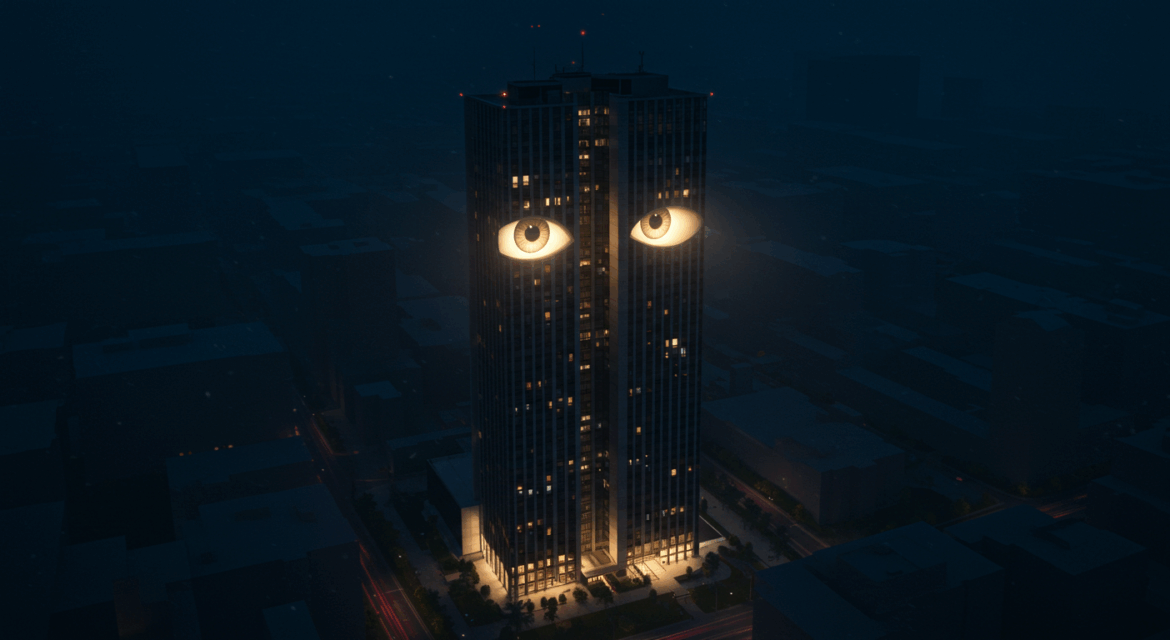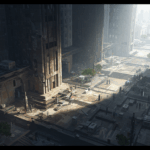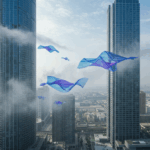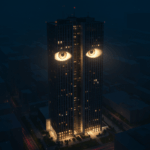Before electricity was invented, buildings knew how to see in the dark. Windows faced north to illuminate without heat. Openings distributed natural light like an artist’s brush. White walls reflected the last sunbeam before sunset.
Then we forgot. We built giant glass boxes, filled them with smart LED lights… but made people dependent on electric switches to see each other’s faces.
In a recent desert project, engineers decided to re-teach the building how to see. Windows were oriented to let in cool morning rays, excluding harsh midday sun. Small ceiling mirrors directed light into the deepest corners. Even internal staircases were designed at angles that reflected sunlight, becoming naturally lit pathways without electricity.
Result? The building consumes 70% less energy for lighting — but more importantly, those living inside don’t feel they’re in a “smart building”… they feel they’re in a place that “lives” with light.
Natural light doesn’t just save electricity — it changes mood, improves productivity, reduces stress. A child doing homework in window light feels no technical difference… but senses a deep psychological one.
Even in hospitals, where precision is critical, engineers began redesigning operating rooms to allow indirect natural light — reducing eye strain and improving surgeons’ focus.
Sustainability isn’t just solar panels… it’s windows facing the right direction. Because the light that never turns off… is the light that needs no electricity to begin.






